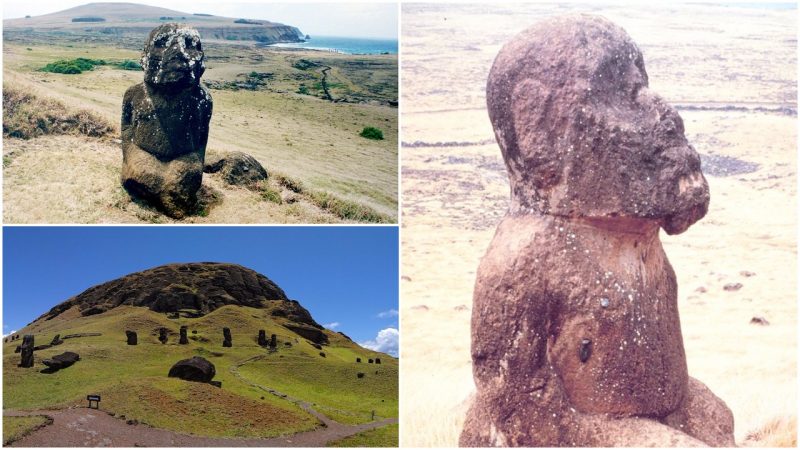If you wish to take a tour of the Easter Island, one place to begin the journey is from the “Rano Raraku,” a volcanic crater formed of consolidated volcanic ash or tuff.
The place is situated on the lower slopes of Terevaka, the largest, tallest and youngest of the three extinct volcanoes that form Rapa Nui, or what’s widely known as the Easter Island.
For about five centuries, the Rano Raraku was used for quarrying, and it supplied the stone for most of the Easter Island’s famous monolithic sculptures, known as moai. The site itself is amazing for a couple of reasons, including the remnants of 387 Moai in total. The area today is part of the World Heritage Site of Rapa Nui National Park.
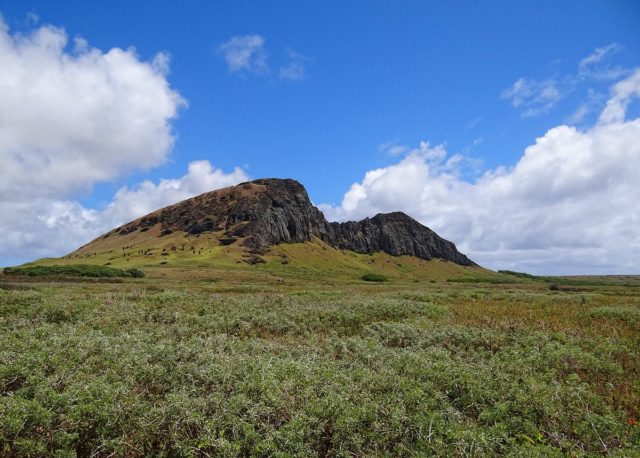
The most astonishing quarry in the world
There are many fascinating things about this place. Unique plants like Totora, which were once regarded as the first evidence of contact with the South American mainland, have been growing here for at least 30,000 years, well before humans settled here.
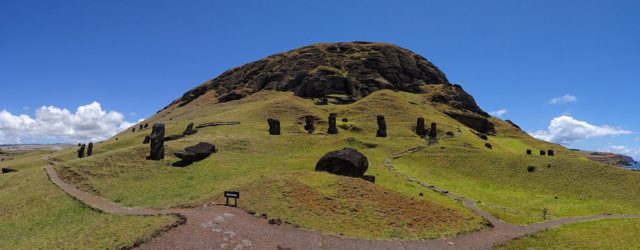
What is more fascinating are of course the Moai in the quarry; some of them are incomplete, and some of them are hardly reachable as they are situated so high on the outside crater. One of the largest samples sits there as well – 21.6 meters in height, and almost twice of that of any moai ever completed.
Its weight is estimated to be 270 tons and many times the weight of any moai transferred to other locations on the island. Some of the incomplete moai seem to have been abandoned after the makers eventually stumbled upon very hard rock in the material. Another group of sculptures was allegedly never intended to be separated from the rock in which they were carved.
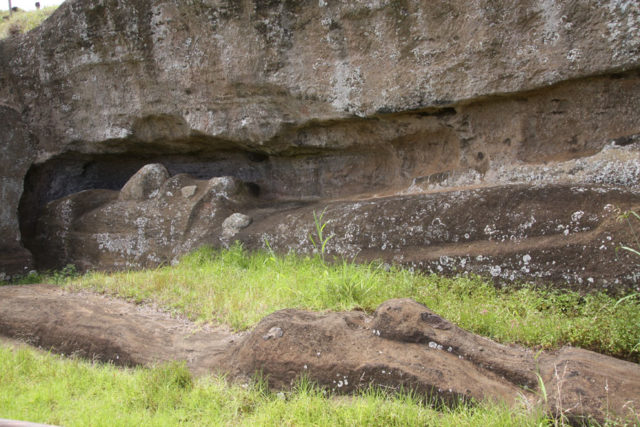
Furthermore, some of the moai outside the quarry are partially buried to their shoulders. What is interesting is that these moai do not have their eyes hollowed out. They also do not have a ‘pukao’ placed on their top, which is a hat-like structure carved from a light red volcanic stone, scoria, excavated only from another location, Puna Pau. However, these moai have provided some of the most memorable images of the island itself.
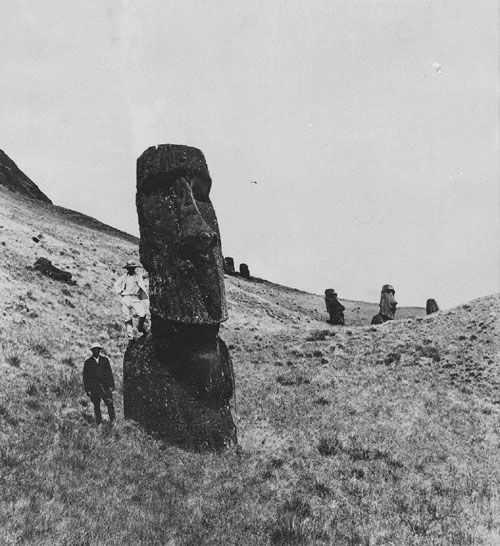
Tukuturi is the most unusual moai of all
Of all archeological wonders at the Rano Raraku, there is yet one most extraordinary wonder. It is called Tukuturi, and it is the single moai that is not standing, but actually kneeling. The unusual posture of the statue is well known on Easter Island as tuku turi or simply tuku.
The tuku posture was used by the women and men who formed the chorus in the festivals known as riu. Specifically, the singers in the rites would typically have a slightly backward inclination of the trunk, their head slightly raised, plus a small beard, which can all be noticed on the statue. It is also much smaller compared to other moai on the island.
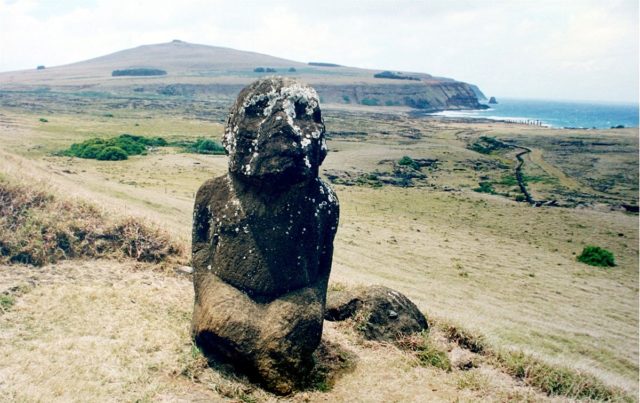
Tukuturi is made of red scoria, which can be found as previously mentioned only from Puna Pau. However, it sits at Rano Raraku, which is the tuff quarry. Some records suggest that the figure is possibly related to the ‘Tangata manu’ cult, a special ritual which made an annual competition for the settlers. The challenge was that they collect the first sooty tern egg of the season from the islet of Motu Nui, swim back to Rapa Nui and climb the sea cliff of Rano Kau on the clifftop village of Orongo.
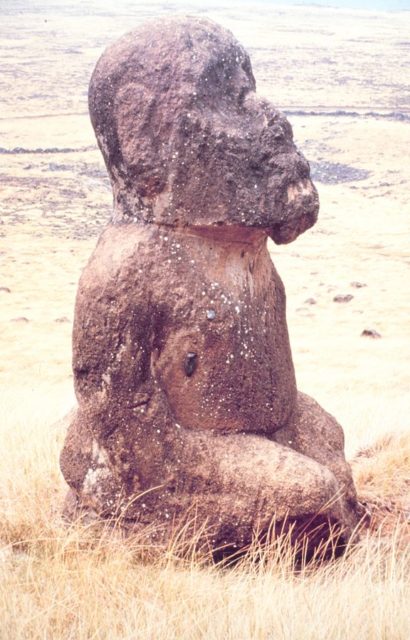
It is very likely that Tukuturi represents a riu singer. Many hints lead to a possible conclusion that this could have been the last moai ever made, after the creation of classic moai figures had stopped on the island.
Sounds much like something left from some alien civilization from outer space, but the remnants are here – the abandoned moai sculptures are evidence of a fantastic civilization that lived and thrived.
